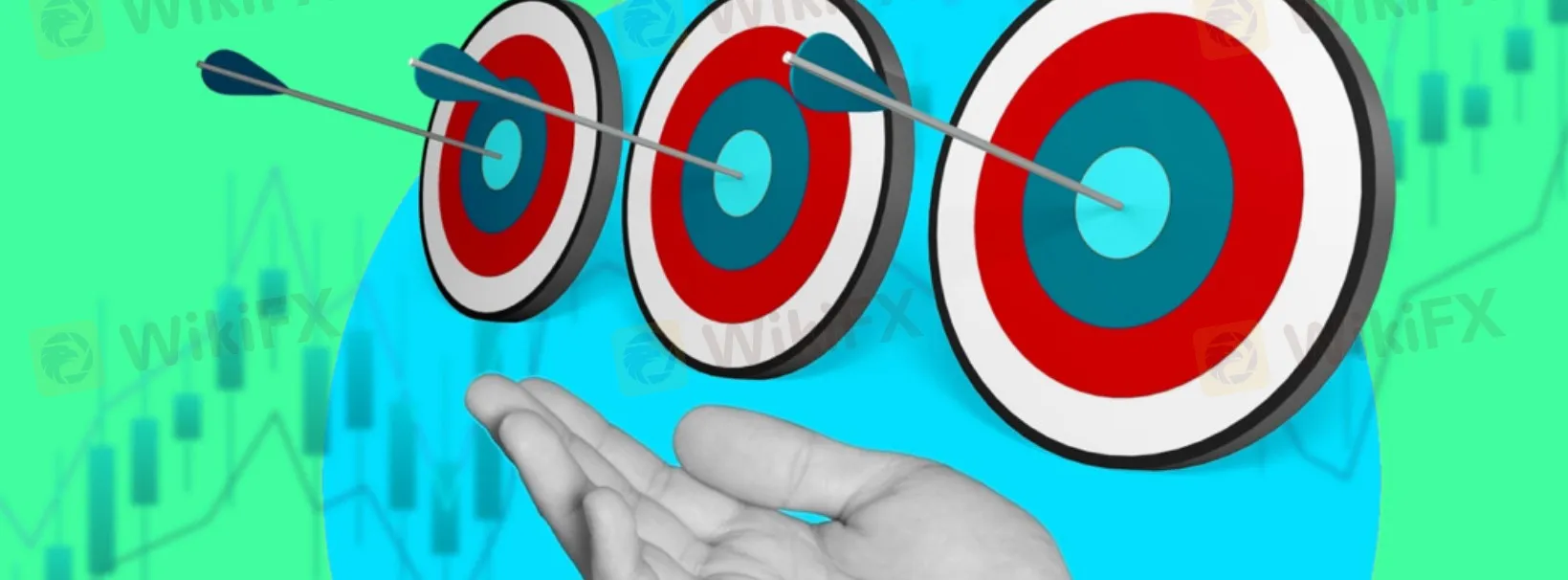简体中文
繁體中文
English
Pусский
日本語
ภาษาไทย
Tiếng Việt
Bahasa Indonesia
Español
हिन्दी
Filippiiniläinen
Français
Deutsch
Português
Türkçe
한국어
العربية
OPEC production cuts to boost future inflation
Abstract:Recall that Energy prices across the globe surged last year when Russia invaded Ukraine, fueling global inflation just as the world’s major economies were beginning to rebalance after the pandemic.

Recall that Energy prices across the globe surged last year when Russia invaded Ukraine, fueling global inflation just as the worlds major economies were beginning to rebalance after the pandemic.
Since then, a drop in energy prices has helped cool US inflation, which has fallen from a 40-year peak of 9.1% in June to 6% in February, year over year, according to the Consumer Price Index.
March CPI numbers were lower than before. This is good news but the drop in inflation is likely to be only temporary. OPEC has recently announced new production cuts sending the price of oil higher. Therefore, the future inflation will be higher than the March numbers show.
Stocks rallied initially after the CPI data indicated a decrease in inflation. However, the market soon lost the earlier momentum, and equity indices ended the session near their daily lows. The S&P 500 dropped by 0.4%, the Nasdaq Composite lost 0.9% and the Dow Jones Industrial Average fell by 0.1%. The yield on the 10-year U.S. Treasury note decreased to 3.419% from 3.433%. Gold (0.56%) continued to rally higher as the USD Index fell 0.62%.
Now that the March CPI report has been released, the market focus is turning to the Fed‘s rate May meeting. Despite the recent challenges in the banking sector, the housing and services sectors have shown improvements in key inflation measures. This gives the Fed some flexibility in its rate-hiking cycle. However, with inflation still hovering above 5%, the Fed’s probably not done hiking yet. The Fed will likely implement one more quarter-point rate hike in May. The central bank needs to signal its commitment to bringing inflation back down to its 2% target.
Some expect, that the Fed is nearing the end of its rate-hiking cycle and is probably getting ready to move to the sidelines. The hope is that this should ease concerns over the possibility of the Fed causing a severe or prolonged downturn in the economy. However, the CPI data was from March and the bad news is that lower energy prices are only temporary. The crude oil market jumped significantly higher last week on Monday following OPEC+s announcement of a production cut, indicating that we should anticipate rising demand.
DAX
DAX rally was rejected which signals that the market is facing some headwinds. This could lead to a corrective move if the nearest key support at 15 655 is violated. A decisive break below the level would probably take DAX first to 15 600 and then to 15 500 on extension. Above yesterdays high, the 15 900 level could come into play.
Gold
Gold is bullish above 2001. Below the level, the market could trade down to 1983. In uptrends, the resistance levels are usually violated so the 2032 resistance is probably taken out. If theres a decisive break above the level, look for a move to 2060.
GBPAUD
GBPAUD is ranging sideways above 1.8536. Below the level, we might see a retracement to 1.8435. The nearest key resistance level is at 1.8700 and above the level the market would be likely to trade to 1.8820 or so.

Disclaimer:
The views in this article only represent the author's personal views, and do not constitute investment advice on this platform. This platform does not guarantee the accuracy, completeness and timeliness of the information in the article, and will not be liable for any loss caused by the use of or reliance on the information in the article.
Read more

Why Is UK Inflation Rising Again Despite Recent Lows?
October inflation rises to 2.3%, driven by energy costs. Renters face 8% annual hikes, while house price inflation climbs. Interest rates stay elevated.

How Inflation Rates Affect Forex Prices Globally
In this article, we’ll explore how inflation affects forex prices globally, the relationship between inflation and currency value, and why traders monitor inflation closely.

PH Financial Sector Grows to P32.3T, Up 10.5% in June
The Philippine financial sector expanded by 10.5% in June, reaching P32.3 trillion. Bank resources surged, while positive earnings drove stock market gains.

US Inflation Cools, But Economic Pressures Still Remain
Inflation shows signs of cooling in the U.S., but persistent economic pressures, particularly housing and utilities, continue to challenge growth.
WikiFX Broker
Latest News
eToro Expands Nationwide Access with New York Launch
Webull Partners with Coinbase to Offer Crypto Futures
Why Is UK Inflation Rising Again Despite Recent Lows?
Hackers Charged for $11M Crypto Theft Using SIM-Swaps
Role of Central Banks in the FX Market
FCA Alerts Against Sydney FX
What Makes Cross-Border Payments Easier Than Ever?
Trader Exposes Unethical Practices by STP Trading
Interactive Brokers Launches Tax-Friendly PEA Accounts in France
Google Warns of New Deepfake Scams and Crypto Fraud
Currency Calculator


